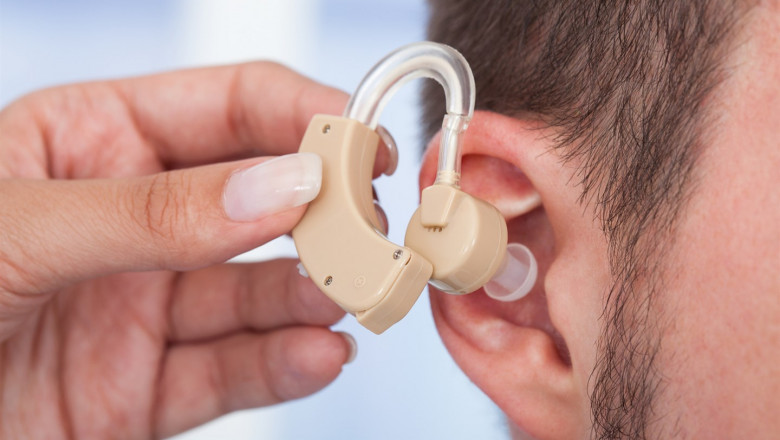views
The audiological devices market faces several inhibitors that slow its growth and restrict its potential. One of the primary inhibitors is the high cost associated with advanced audiological technologies. Although hearing aids and cochlear implants have become more sophisticated, their price remains a significant barrier for many individuals, especially those without sufficient insurance coverage or in lower-income regions. As a result, these individuals may delay or avoid seeking necessary treatment, which can exacerbate hearing impairments over time.
A second inhibitor is the complexity and user-friendliness of modern audiological devices. While the latest devices come with advanced features such as Bluetooth connectivity, adaptive sound processing, and automatic adjustments, these technologies can be difficult for some users to operate, particularly the elderly or those not accustomed to using digital devices. The need for ongoing professional support for fitting and maintenance further complicates the user experience, deterring adoption, especially in rural or remote areas where audiologists may be less accessible.
Social stigma also plays a role in inhibiting the widespread use of hearing aids and other audiological devices. Many individuals, particularly younger people, may feel self-conscious or embarrassed about wearing hearing aids. The perception that these devices are primarily for older adults can prevent individuals with hearing loss from seeking treatment. This societal stigma can lead to untreated hearing loss, which affects communication, social engagement, and overall quality of life.
Additionally, regulatory and reimbursement challenges pose significant obstacles. The approval process for new audiological devices can be lengthy and complex, delaying the introduction of innovative solutions. Furthermore, limited insurance coverage or reimbursement for hearing aids in many healthcare systems can prevent people from affording necessary treatments.
In summary, while the audiological devices market shows great potential, these inhibitors must be addressed to ensure broader adoption and accessibility for those in need. Reducing costs, simplifying device use, and overcoming societal perceptions will be critical to the industry's growth.






















Comments
0 comment